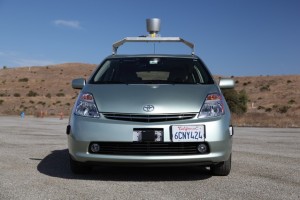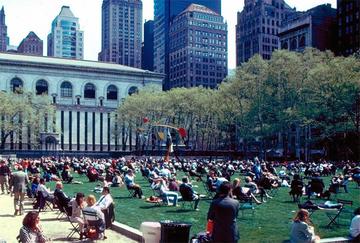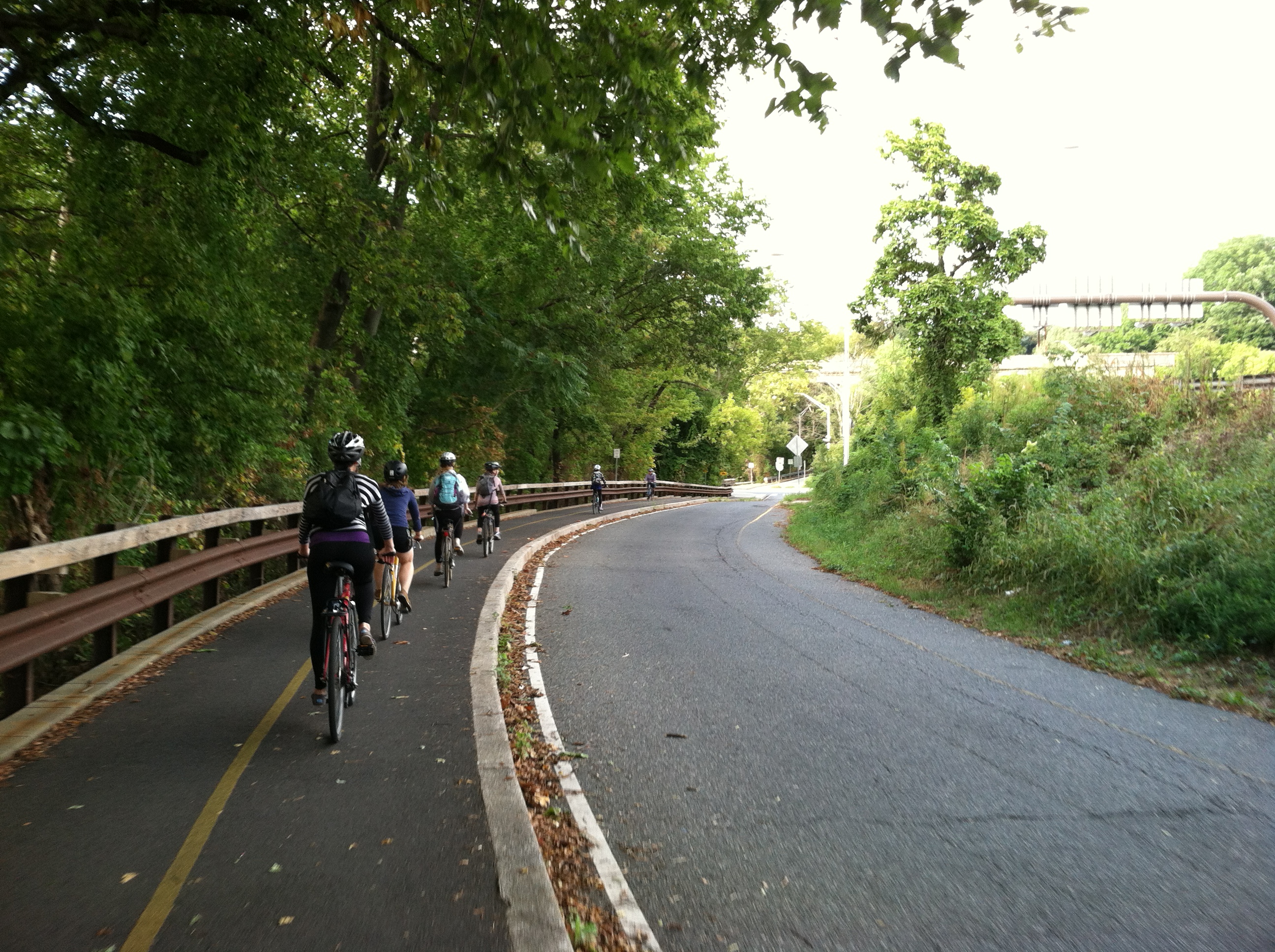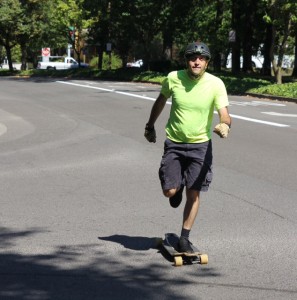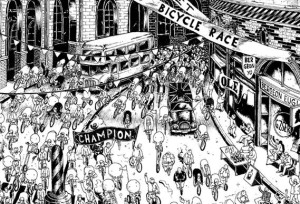By Micheline Maynard
The United States has seen an explosion of interest in bike sharing. The nation’s bike sharing fleet doubled last year, will double again this year and is expected to be four times bigger in 2015 than it was in 2012, according to the Earth Policy Institute.
But as bike sharing expands, communities are trying some different approaches. In some places, local governments are taking the lead. In others, universities are involved. And a few private corporations are funding bike sharing meant just for their employees.
I recently took a look at the growing interest in bike sharing in Michigan for Bridge Magazine. Now, bikes are probably not what you think of first when you think of a state so tied to the auto industry. But as with the rest of the country, bike sharing is increasingly a topic of conversation.
One of the most intriguing ideas I discovered is in Lansing, Mich., the state capitol. It’s definitely a grass roots movement, with some help from Ingham County officials.
In October, the area launched what is officially the state’s first municipally sponsored bike sharing system, Capital Community Bike Share. Continue reading



